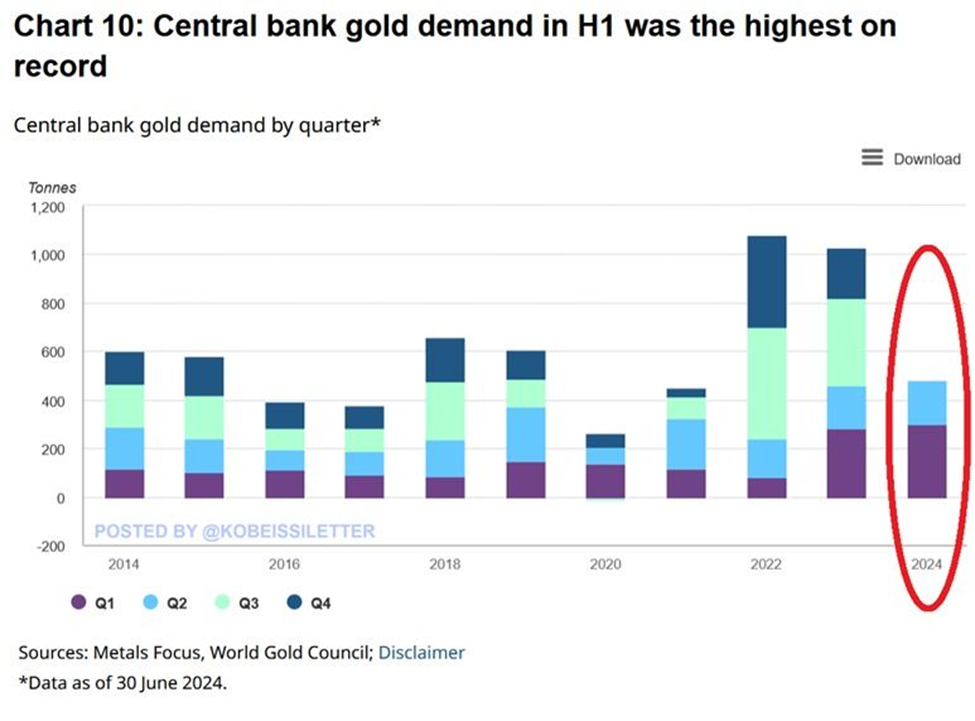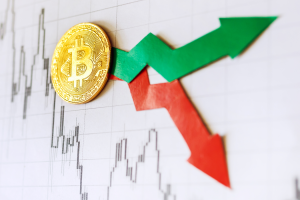
Why 25- versus 50-basis-points isn’t that important … two sectors in Eric Fry and Thomas Yeung’s crosshairs … Luke Lango’s “Tech Reversal” … Louis Navellier’s eyebrow-raising new pick
Wall Street is grappling with the size of the rate cut that we’ll get one week from Wednesday.
Will it be 25 or 50 basis points?
Although it’s tempting to analyze the impacts a million different ways, Eric Fry’s lead analyst, Thomas Yeung, offers some valuable, grounding perspective:
The most important aspect of today’s economy is not the difference between a 25 and 50 basis point rate cut. In fact, no one will remember this figure by October!
Instead, it’s more important to view any September rate cut as the moment when the U.S. economy moves from an early-stage expansion into a mid-stage one.
A similar message is coming from our hypergrowth expert Luke Lango. As he sees it, the issue isn’t one quarter-point cut or two, it’s about the succession of cuts that are on the way:
Sure, one rate cut won’t do much to unfreeze the housing or automotive markets. Nor will it reenergize consumer spending or create significantly better borrowing conditions. But 10 rate cuts will. And that’s exactly what we think will happen in the next year…
In rate-cut cycles, the Fed likes to often reduce the Fed Funds rate to at least the inflation rate. With inflation running at 2.5%, that means the Fed will likely reduce the Fed Funds rate from 5.25% to around 2.5% over the next year. That means at least 10 rate cuts – which is roughly what the futures market is pricing in for the path of rates over the next year and change…
Those 10 cuts will unfreeze the housing and automotive markets. They will breathe life back into the construction and manufacturing industries. They will make it much easier to borrow money and pay off debt. They will reenergize consumer spending. They will compel consumers to make big-ticket purchases.
They will make a difference.
So, what are our experts doing in preparation?
Beginning with Thomas and Eric, two of the sectors in their crosshairs are tech and healthcare. Thomas notes that both will be beneficiaries of mid-stage recoveries.
Here’s more:
These two industries feature firms with large upfront costs in research and development that eventually generate streams of low-cost income (think blockbuster drugs and chip factories). Lower interest rates benefit these companies by offering them lower borrowing costs.
Thomas goes on to highlight a study by Fidelity finding that the IT sector typically outperforms the market by a 15% annualized rate during mid-stage recoveries. Healthcare does 7% better.
Back to Thomas:
Rate cuts during these periods are beneficial, no matter how quickly they happen.
That’s why we’re so excited about some incredible firms combining both tech and healthcare into what we believe will become the third frontier of the computing revolution. Some of these are using AI to tap into the power of genomic data to develop new drugs. Others are even redefining what the $11.9 trillion global healthcare industry is all about.
Meanwhile, Luke is also zeroing in on tech and AI plays
Let’s go straight to Luke:
In our view, the go-forward path for markets is clear and positive. Following rate cuts, the economy will grow stronger. Earnings will push higher, and so will stocks…
Especially AI stocks.
Indeed, for all the talk out there of an “AI Bubble,” the data actually suggests that we are in the early innings of a continued AI Boom.
Luke highlights a handful of tech/AI companies that are redesigning and retooling to meet the massive demand for all-things AI. From AI data centers, to integrated circuit makers, to telecom infrastructure, to tech solutions providers, the data point toward robust demand.
Back to Luke:
The evidence here is clear to us. The AI Boom is yielding real and significant financial benefits across the global economy.
So, don’t just buy stocks. Buy top AI stocks – that’s where the growth is happening right now.
For more details on this, here’s a reminder to join Luke this Wednesday at 8 PM ET, for his discussion of The Great Tech Reversal of 2024.
You’ll get Luke’s specific gameplan for how he’s playing tech/AI as we move into the fall/holiday season. You can reserve your seat right here.
Moving on to legendary investor Louis Navellier, one of his most recent recommendations might raise an eyebrow…
If you’re new to the Digest, Louis is a quant investor. This just means he bases his market decisions on cold, impartial numbers instead of hunches or guesses.
The numbers he focuses on all relate to fundamental strength. To illustrate, here are the eight factors that drive Louis’s buy/sell decisions:
- Sales growth
- Operating margin growth
- Earnings growth
- Earnings momentum
- Earnings surprises
- Analyst earnings revisions
- Cash flow
- Return on equity (ROE)
Given this focus, you might find it interesting that one of Louis’ latest picks relates to an asset that generates no earnings at all…
Gold.
Now, I’ll quickly clarify that Louis’ focus on earnings remains paramount. It’s just that the surge in gold all year is goosing the earnings of gold mining stocks, which is where we find his latest recommendation.
Out of respect for Louis’ Growth Investor subscribers, I won’t share the name of the miner, but here are selected descriptions of the pick that illustrate how it measures up on some of the eight fundamental factors we highlighted a moment ago:
- Second-quarter adjusted earnings soared 67.6% year-over-year
- The miner posted an 18.9% earnings surprise
- Analysts have increased third-quarter estimates by 16.3% in the past three months, and are now forecast to jump 111.4% year-over-year
On top of this, the miner pays a dividend yield of nearly 2%.
Louis isn’t the only one buying gold-related investments
Global central banks just set a record for most gold purchases ever in the first half of a year. Net purchases clocked in at 483 tonnes in the first half of 2024.
By the way, what was the prior record?
The first half of last year.
Global central bank purchases in Q1 and Q2 of this year edged out last year’s number by about 5%.

It’s no wonder that gold has been setting a succession of all-time highs in since July.
Here’s Louis’ bottom line forecast for gold:
Given the chaos around the world – the ongoing war between Russia and Ukraine, as well as escalating tensions in the Middle East – gold prices have risen steadily higher this year. In fact, gold prices are up more than 20% year-to-date and broke above $2,500 in August.
Gold prices are likely to continue to rise as global uncertainty and a lack of confidence in central banks persists.
We agree. If your portfolio doesn’t have some gold exposure, you might want to reconsider adding some given today’s market environment.
Have a good evening,
Jeff Remsburg






